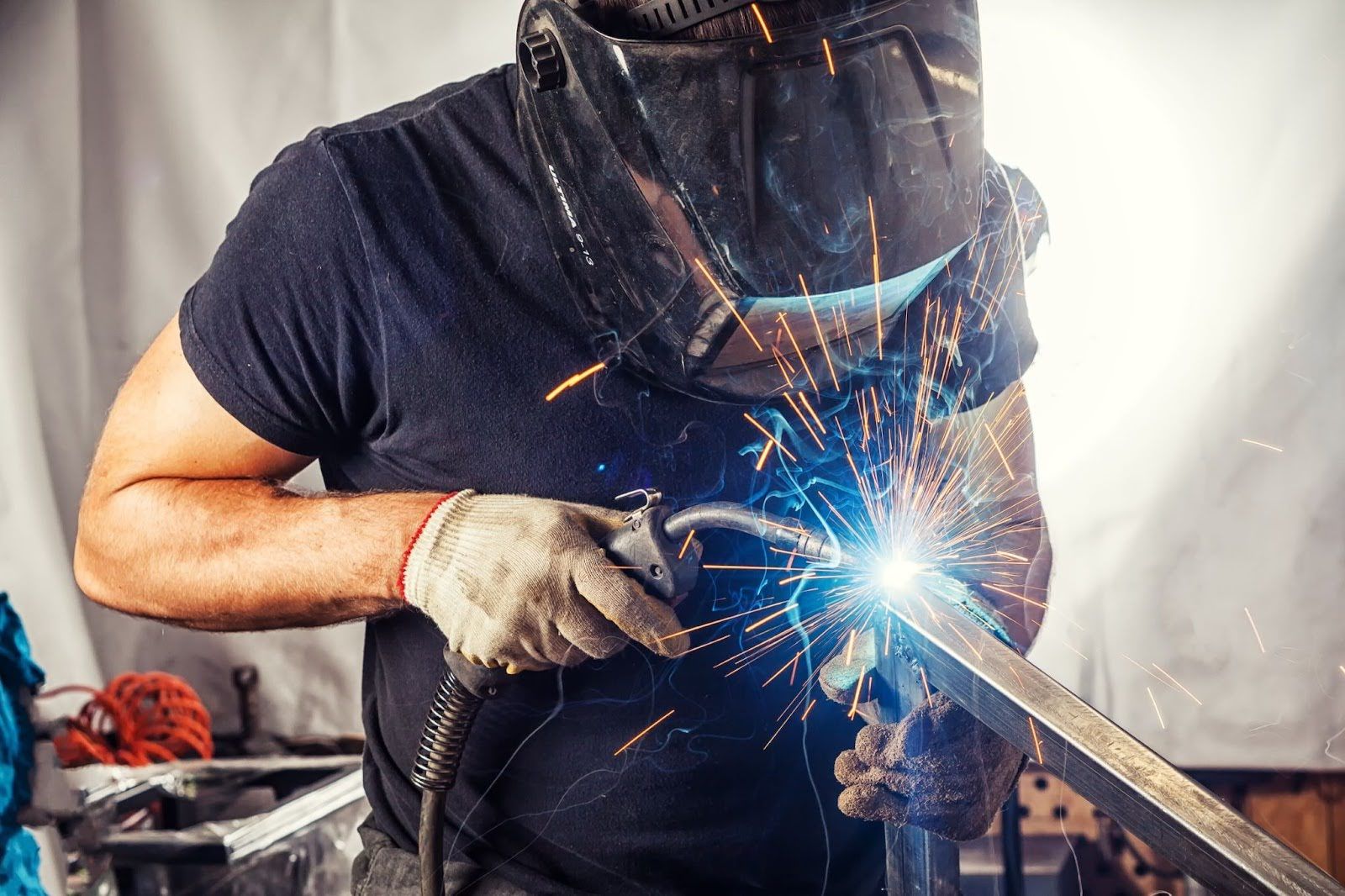Understanding the Art of Welding: How to Avoid Undercut Welding Issues for Flawless Construction Outcomes
Efficiency and precision are vital on the planet of welding, where even the smallest flaw can endanger the architectural honesty of a produced piece. One common challenge that welders face is undercutting, a flaw that can weaken a weld joint and lead to costly rework. By recognizing the origin of undercut welding and applying efficient techniques to avoid it, welders can raise their craft to new levels of excellence (Preventing weld undercut). In the pursuit of perfect fabrication results, grasping the art of welding to avoid undercut problems is not just a skill however a necessity for those making every effort for perfection in their job.
Comprehending Undercut Welding

To stop undercut welding, welders ought to make certain correct welding criteria, such as readjusting the present, voltage, traveling rate, and preserving the right electrode angle. Additionally, utilizing the ideal welding strategy for the particular joint setup is crucial. Employing weaving motions or backstepping methods can assist make certain appropriate weld metal deposition and lower the likelihood of undercut formation. Normal examination of welds during and after the welding process is also important to catch any type of undercut very early and make required adjustments to stop additional problems. Preventing weld undercut. By comprehending the causes of undercut welding and executing safety nets, welders can accomplish high-quality, structurally audio welds.
Root Causes Of Undercut in Welding
Recognizing the elements that add to damage in welding is vital for welders to generate premium, structurally audio welds. When the weld metal does not correctly fill the groove developed between the base steel and the formerly transferred weld steel, undercutting happens. A number of elements can cause damage in welding. One usual reason is too much heat input. Welding at high temperatures for extensive periods can cause the base metal thawing more than preferred, causing damage. Inadequate welding existing or wrong welding speed can also add to undercut. Not enough current may not offer sufficient heat to thaw the base and filler steels adequately, while excessive speed can prevent proper fusion, causing undercut. Furthermore, inappropriate electrode angles or inaccurate lantern control techniques can produce areas of low weld metal deposition, advertising undercut. Understanding these reasons and applying proper welding strategies can aid prevent damaging problems, making certain solid and resilient welds.
Strategies to avoid Undercutting

To alleviate the threat of damaging in welding, welders can employ strategic welding strategies focused on improving the top quality and honesty of the weld joints. One effective technique is to change official statement the welding specifications, such as voltage, existing, and take a trip rate, to make sure proper warmth input and deposition. Maintaining a suitable electrode angle and ensuring constant traveling speed can likewise aid avoid undercut. Additionally, utilizing the proper welding method for the details joint configuration, such as weave or stringer beads, can contribute to lowering undercutting. Preventing weld undercut.
Additionally, correct joint prep work, including making sure tidy base products without pollutants and making use of the appropriate welding consumables, is important in avoiding undercut defects. Using back-step welding strategies and managing the weld grain account can likewise aid disperse heat equally and reduce the danger of undercut. Routine examination of the weld joint throughout and after welding, as well as executing high quality assurance procedures, can help in identifying and addressing undercutting issues without delay. By carrying out these methods faithfully, welders can accomplish remarkable construction results with marginal undercut flaws.
Significance of Correct Welding Specifications
Selecting and preserving ideal welding parameters is vital for attaining successful welds with very little issues. Welding criteria refer to variables such as voltage, current, travel rate, electrode angle, and securing gas flow price that straight affect the welding procedure. These criteria have to be carefully readjusted based upon the sort of product being bonded, its density, and the welding method employed.
Proper welding specifications guarantee the ideal amount of warm is related to melt the base steels and filler material consistently. If the specifications are set as well high, it can result in too much heat input, causing distortion, burn-through, or advice spatter. On the various other hand, if the parameters are as well low, insufficient combination, lack of penetration, or undercutting may occur.
Top Quality Guarantee in Welding Workflow

Conclusion
In final thought, mastering the art of welding calls for a thorough understanding of undercut welding, its causes, and techniques to avoid it. By guaranteeing correct welding parameters and implementing top quality assurance practices, flawless construction outcomes can be accomplished. It is important for welders to regularly pursue quality in their welding procedures to stay clear of undercut problems and produce premium welds.
Undercut welding, a common flaw in welding processes, occurs when the weld steel does not effectively fill up the groove and leaves a groove or anxiety along the welded joint.To avoid undercut welding, welders ought to ensure proper welding criteria, such as readjusting the present, voltage, traveling rate, and maintaining the correct electrode angle. Inadequate welding inaccurate or present welding speed can likewise contribute to undercut.To alleviate the threat of undercutting in welding, welders can utilize strategic welding techniques intended at enhancing the quality and honesty of the weld joints.In verdict, understanding the art of welding calls for an extensive understanding of undercut welding, its causes, and methods to prevent it.
Comments on “Preventing Weld Undercut: Proven Approaches Every Welder Should Know”